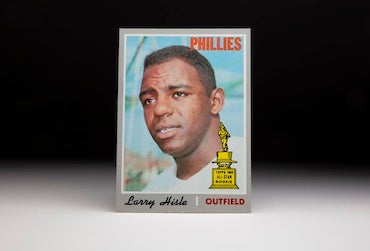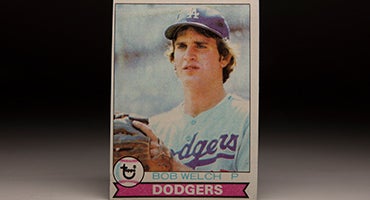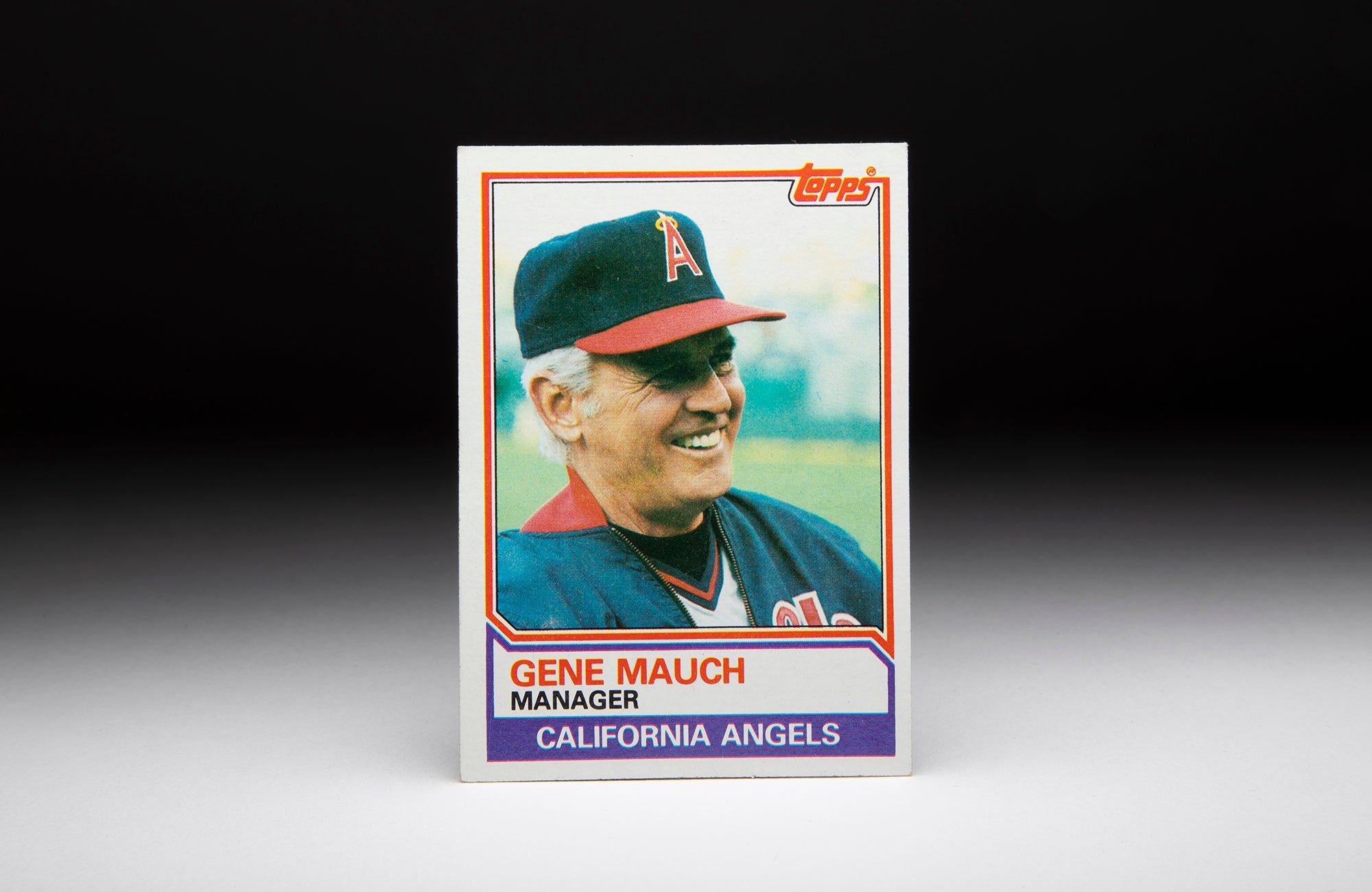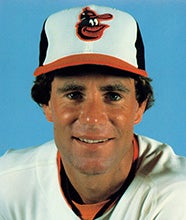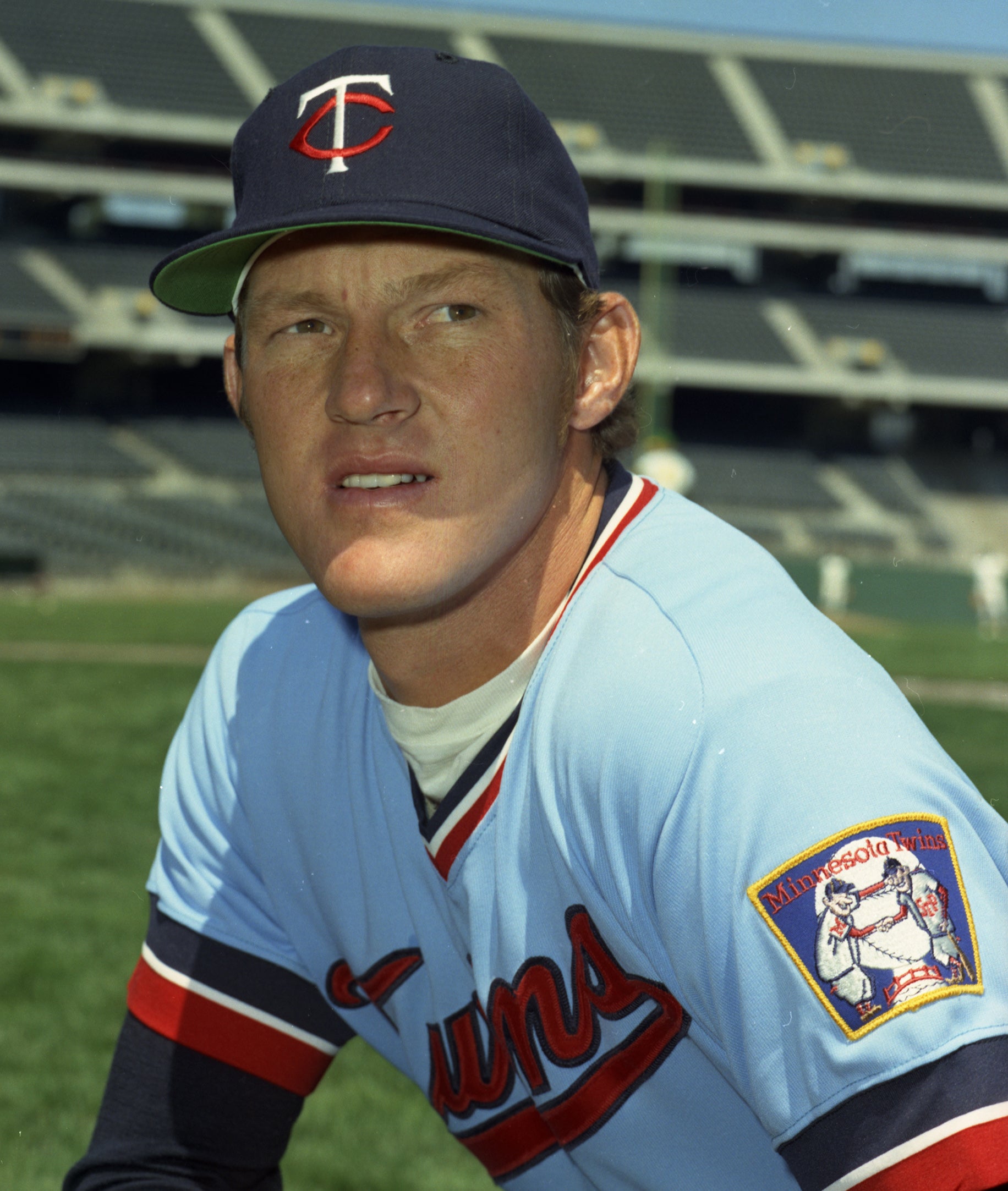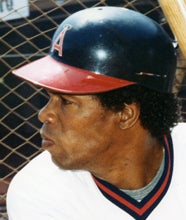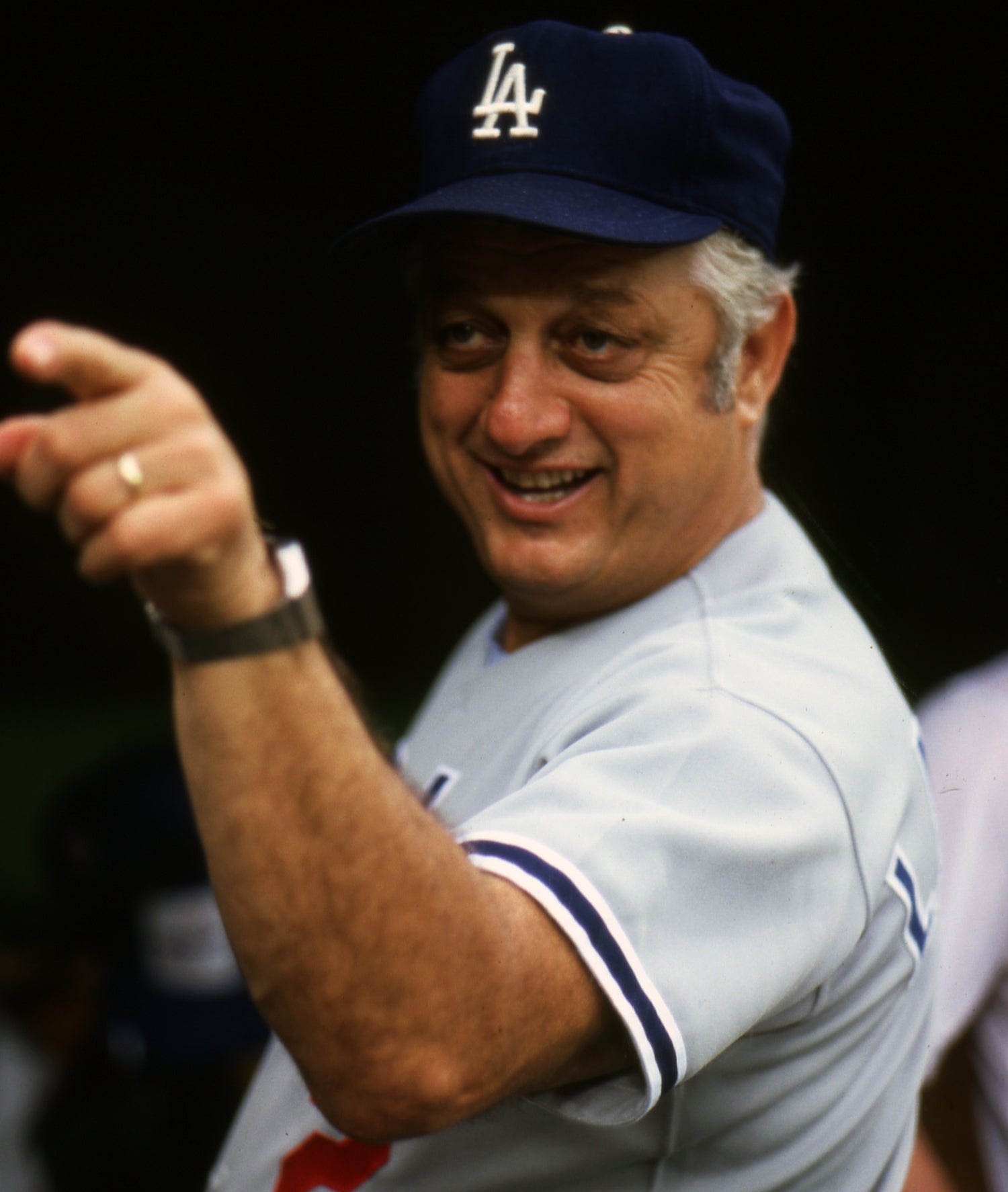- Home
- Our Stories
- #CardCorner: 1976 Topps Dave Goltz
#CardCorner: 1976 Topps Dave Goltz
In 1977, the American League featured two pitchers who reached the 300-innings pitched mark.
One was Hall of Famer Jim Palmer. The other was from western Minnesota, just over the North Dakota line, and wound up in the record books with Palmer as the last of a breed of workhorse hurlers.
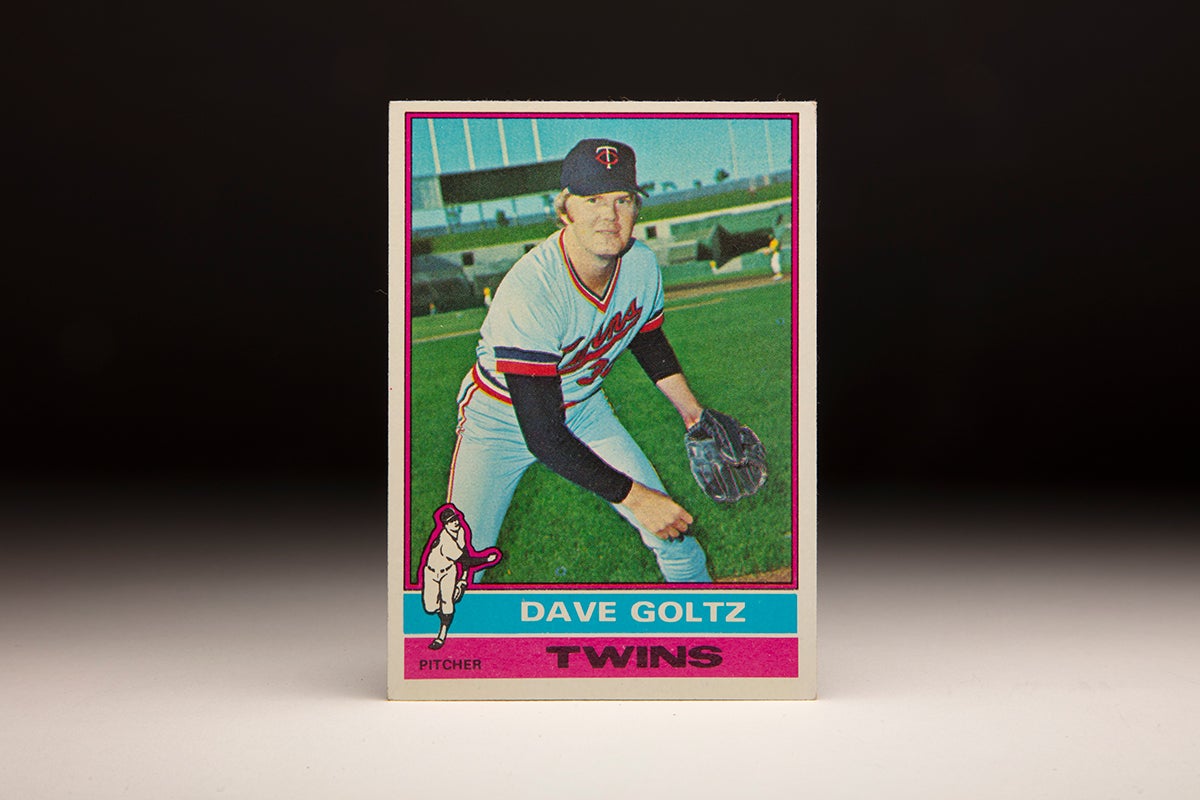
David Allan Goltz was born June 23, 1949, in Pelican Rapids, Minn. He grew up in nearby Rothsay, a town with fewer than 500 residents. He won varsity letters in track, football and basketball as well as baseball at Rothsay High School.
He was heavily scouted by area colleges in basketball, but it was on the diamond that Goltz found his professional destiny.
“We had to play catch with him all the time,” Goltz’s mother, Clara, told the Associated Press during her son’s first year in the big leagues. “Ever since he was a little boy, all he wanted to do was play ball. I guess it was just in him.”
After his senior season where he struck out 108 batters (and walked only five) in 46 innings, Goltz was selected in the fifth round of the 1967 MLB Draft by the Twins after the Braves appeared to be the team with the most pre-draft interest.
“I had no idea the Twins would draft me,” Goltz told the Orlando Sentinel in 1971.
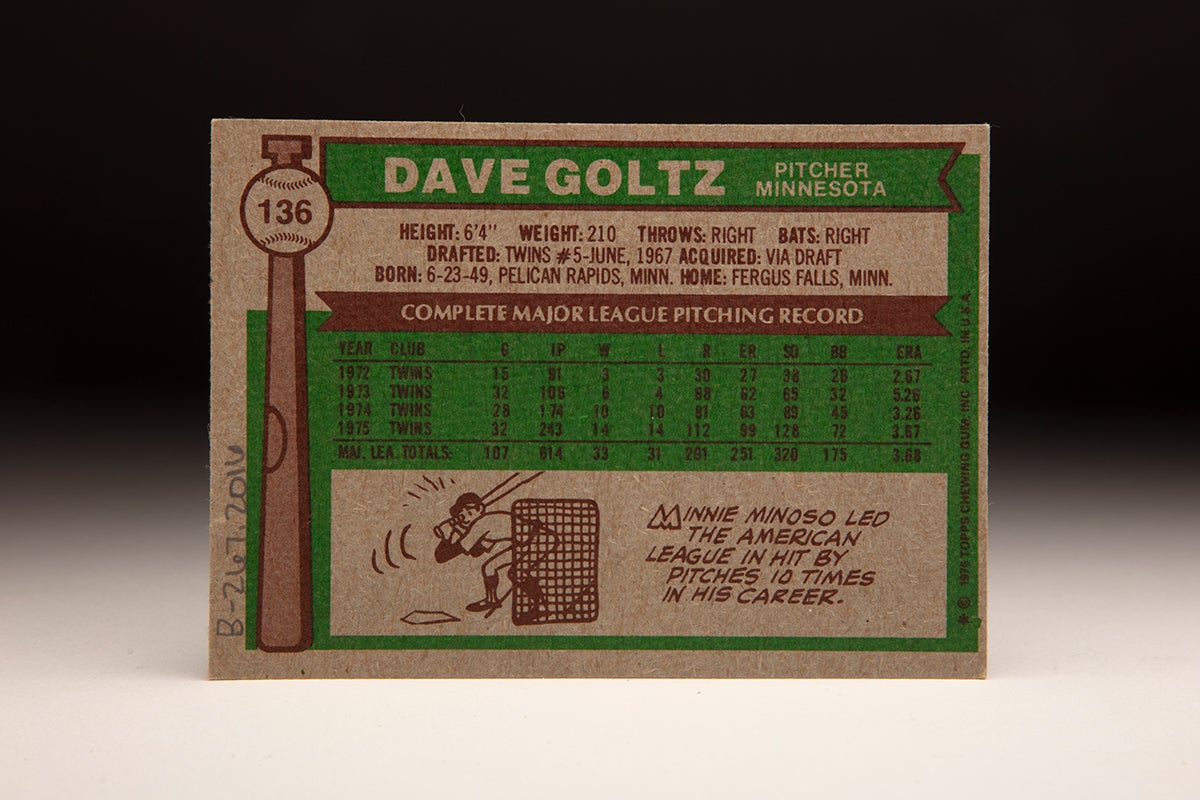
He reported to the team’s Gulf Coast League affiliate in Sarasota, Fla., where he was 6-2 with a 2.00 ERA in 72 innings.
In 1968, Goltz was promoted to Class A St. Cloud of the Northern League. Playing just a couple hours down Interstate 94 from his hometown, Goltz went 10-3 with a 1.61 ERA in 16 starts, relying on a blistering fastball generated by his 6-foot-4, 200-pound frame.
“I like being back in Minnesota,” Goltz told the St. Cloud Times during the 1968 season. “It’s certainly convenient being this close to home.”
Goltz was invited to the Twins’ big league camp in the spring of 1969 but missed most of the season while serving in the Army Reserve, pitching just five games for the Twins’ affiliate in the Florida Instructional League. He was invited back to big league Spring Training camp in 1970 – he gave up a home run to Detroit’s Willie Horton in an exhibition game – but he hurt his arm and pitched in only two games that year: One for Orlando of the Class A Florida State League and one for Double-A Charlotte.
Over those two seasons, Goltz had worked only 31 innings of minor league action. At the start of the 1971 season, Goltz found himself back with Class A Orlando. But with six wins in his first six games, Goltz rediscovered the form he had in 1968 with St. Cloud.
“I hurt my elbow in my first game at Charlotte (in 1970) and it finished me the rest of the year,” Goltz told the Orlando Sentinel in 1971. “My arm isn’t bothering me a bit. I think I’m ready to go up now.”
Goltz won his next start to improve to 7-0 before the Twins promoted him to Class A Lynchburg, where he was 7-3 with a 3.31 ERA.
In 1972, the Twins sent Goltz to Triple-A Tacoma, where he was 8-8 in 19 starts when Jim Kaat broke his left wrist sliding into second base in a game against the White Sox on July 2. The injury sidelined Kaat, who entered that game with a 9-2 record and 2.04 ERA, for the rest of the season – delivering a huge blow to the Minnesota pitching staff.
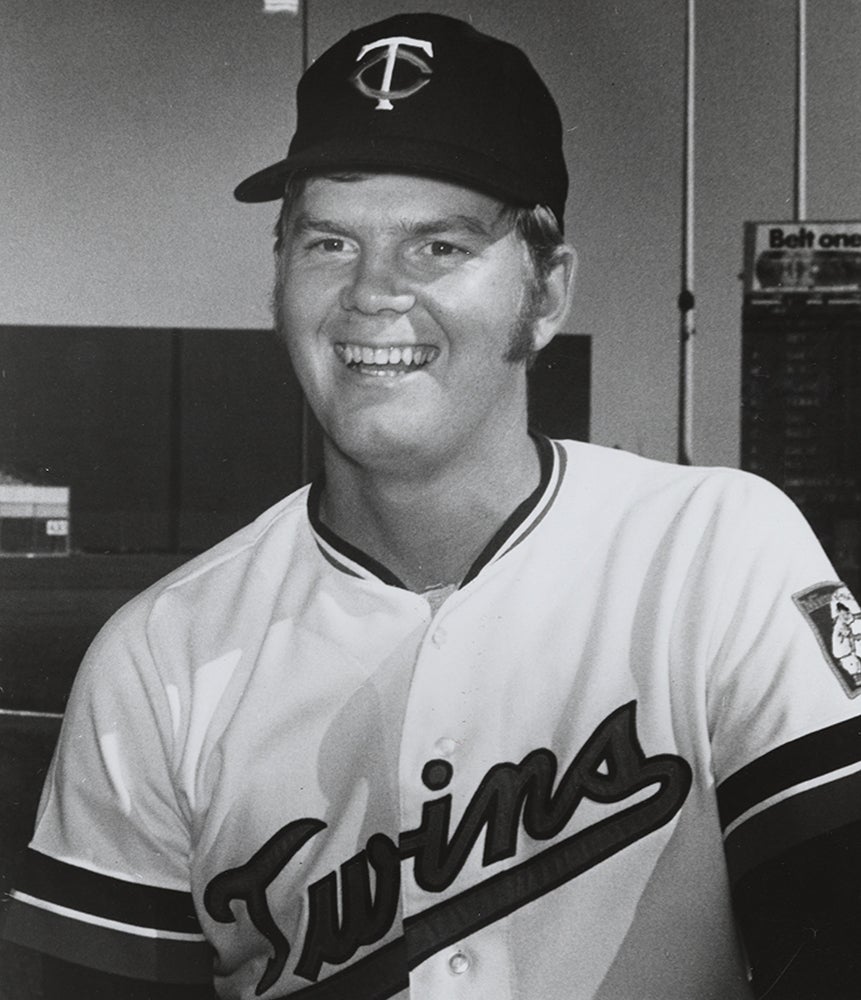
The Twins responded by calling up Goltz, who made his debut on July 18 in relief against the Yankees. Five days later, Goltz got his first start and picked up his first victory with six innings of two-run ball against the Brewers in Milwaukee.
Then on Aug. 6, Goltz made his first start for the Twins at Metropolitan Stadium. A reported 125 residents from Rothsay and another 40 from Fergus Falls – where Goltz eventually made his home – traveled to Minneapolis to watch Goltz defeat the Athletics 5-1 while throwing a complete game six-hitter in the second game of a doubleheader.
“That young kid really picked us up,” Twins manager Frank Quilici told the AP.
Goltz finished the season with a 3-3 record and 2.67 ERA over 91 innings for the Twins. He spent the entire 1973 season with Minnesota as a swingman, going 6-4 with a 5.25 ERA in 32 games, including 10 starts. Then in 1974, the Twins sent Goltz back to Triple-A Tacoma to start the year. But after going 3-1 with a 3.30 ERA in four starts, he was recalled to Minnesota in May. Those four starts in Tacoma would be Goltz’s last appearances in the minor leagues.
Success did not come instantly for Goltz but he continued to take regular turns in the rotation. By September, he found his footing and worked into the eighth inning in five of his six starts the rest of the season, finishing the year with a two-hit shutout against Texas on the season’s final day. It was Goltz’s 10th win vs. 10 losses as he finished the year with a 3.25 ERA over 174.1 innings.
In 1975, Goltz won a spot in the Twins’ starting rotation and pitched the team’s third game of the season. He was 13-10 after five straight wins in August before finishing 14-14 with a 3.67 ERA over 243 innings, mixing his fastball with a knuckle curve and slider to keep hitters off balance.
“Goltz is a better pitcher this year because he has more upstairs and three good pitches he can count on,” Twins catcher Phil Roof told the AP. “He’s got a slider, a knuckle curve and a fastball that drive hitters crazy.”
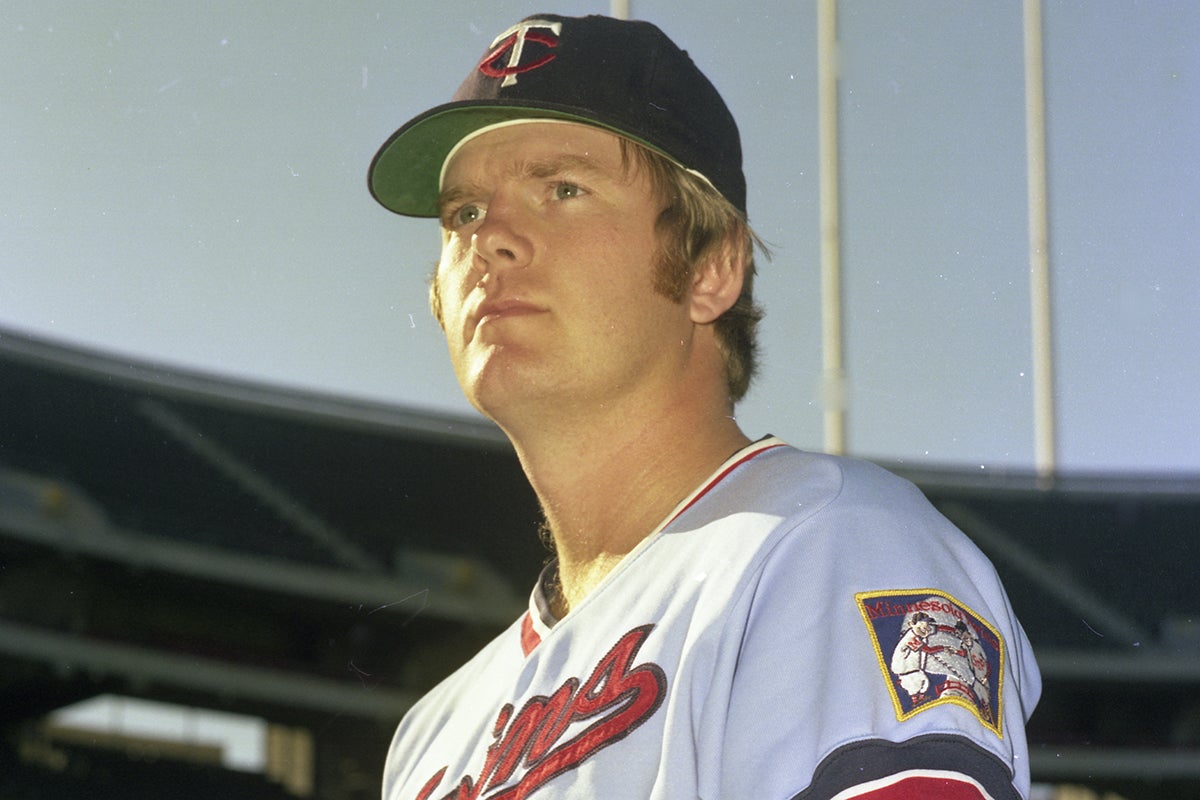
Now entrenched in the Twins’ rotation, Goltz lost his first two decisions in 1976 before winning six in a row – all coming via complete games. Once again, he finished the year 14-14 as the Twins went from 76 wins under Quilici in 1975 to 85 wins under new manager Gene Mauch.
Goltz led all Twins regular starters with 14 wins and a 3.36 ERA.
“Against us this year, he’s looked like the best pitcher in baseball,” Athletics manager Chuck Tanner told the AP about Goltz, who was 4-1 with three complete games against Oakland in 1976.
Goltz made his first Opening Day start in 1977 but was 0-2 through his first six starts before recording a victory. But by the end of June, Goltz was 8-4 with six complete games. He came within one of the franchise record for strikeouts in one game on July 25, fanning 14 Athletics batters in a 2-1 victory where he worked all 11 innings. After shutting out the Red Sox on one hit in a 7-0 win on Aug. 23, Goltz was 16-7. His next shutout game came against the White Sox on Sept. 14, a seven-hitter that improved his record to 18-9.
“If I get 20 wins, fine,” Goltz told the AP. “If I don’t, I’ll have other years.”
Mauch, who counted Goltz among his favorite players, seemed determined to make sure Goltz did not overextend himself.
“I’m glad he’s got that attitude,” Mauch said. “You’re not supposed to be concerned with things like that (victory totals).
“He’s pitched something like 35 games and 270 innings. That’s a heap of baseball. I don’t mind older guys pitching 300 innings toward the end of their careers. But I saw what it did to (Sandy) Koufax and (Don) Drysdale and I’m not going to do it to (Goltz).”
But over the season’s final two weeks, Mauch started Goltz four times. The final three resulted in complete games, two of which Goltz won. He got his 20th victory in the season’s next-to-last game, going over the 300-inning mark with nine frames against the Brewers.
No American League pitcher has worked 300 innings since the 1977 season.
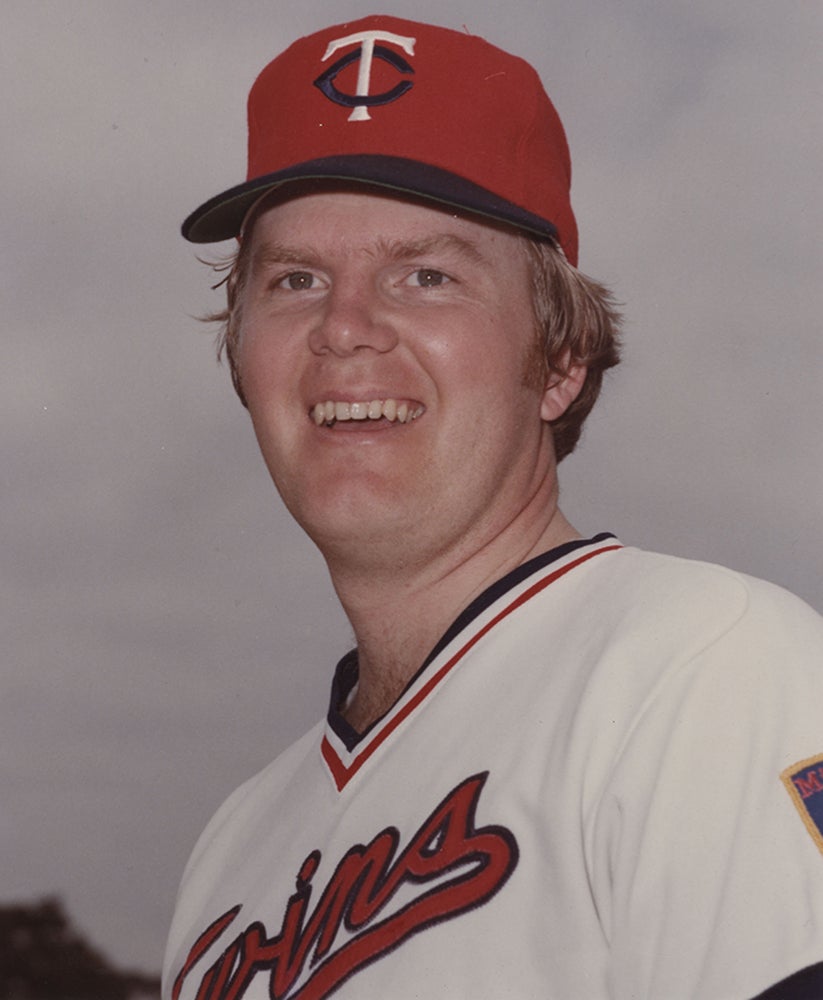
Goltz finished the year 20-11 with a 3.36 ERA, tying for the league lead in wins, games started (39) and hits allowed (284). He finished sixth in the AL Cy Young Award voting and was one of six pitchers to receive a first-place vote.
Goltz signed a new three-year contract in August of 1977 that paid him a reported $75,000 that year, $85,000 in 1978 and $100,000 in 1979. But many other Twins stalwarts like Lyman Bostock and Larry Hisle left the club after the 1977 campaign when they got better offers from other teams.
Goltz, however, remained hopeful that Mauch could lead the Twins to the postseason.
“One big plus is that Gene Mauch is still our manager,” Goltz told the Associated Press prior to Spring Training in 1978. “I think whatever talent shows up, he’ll be able to pick it out and put it together.”
Goltz made his second Opening Day start in 1978 but was 0-3 in his first four outings, extending his string of never having recorded a big league win in the month of April. Then on April 22, Goltz was kicked in the ribs during a melee between the Twins and Angels. He missed three weeks, returned for one start on May 16 and then missed two more weeks after burning his fingers while picking up a barbeque grill.
Goltz made 29 starts on the season, going 15-10 with a 2.49 ERA that ranked fifth in the American League. But the Twins fell to 73-89, leading to more player departures. Then on Feb. 3, 1979, seven-time AL batting champion Rod Carew was traded to the Angels for four players. Goltz, who would be eligible to become a free agent at season’s end, saw the writing on the wall.
“Suffice it to say, I’ve watched the market for pitchers,” Goltz told the Minneapolis Star Tribune on the eve of Spring Training. “If the price is right, I’ll stay. Money talks.”
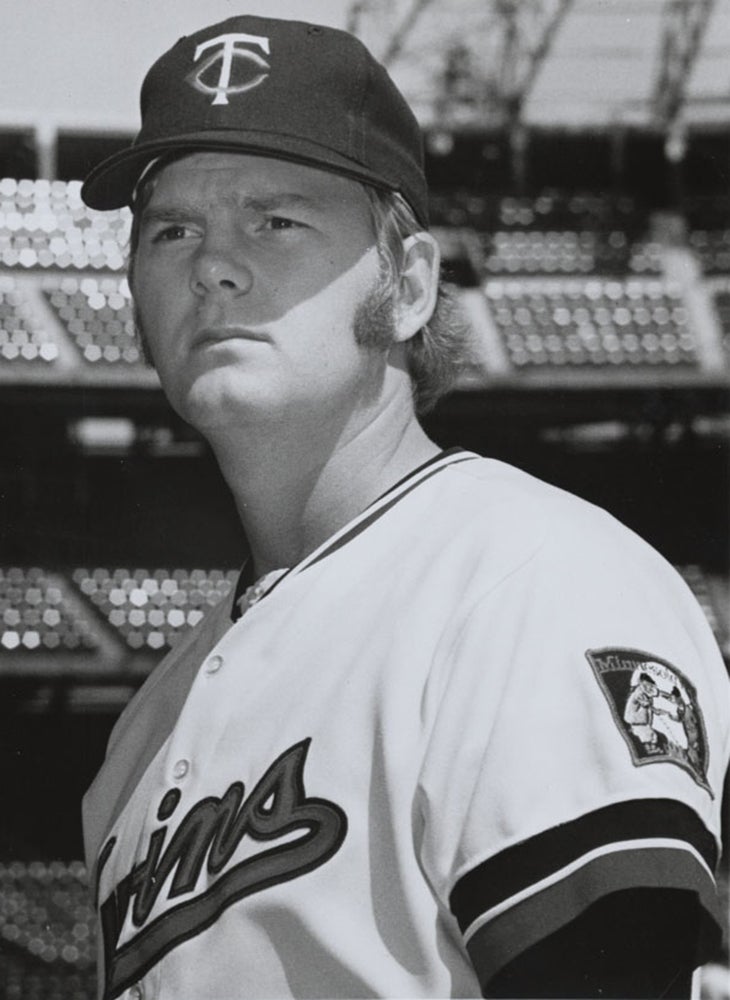
Goltz finally got his first April win when he started on Opening Day and worked 8.1 innings in a 5-3 win over Oakland. For the 1979 season, Goltz was 14-13 with a 4.16 ERA for a Twins team that went 82-80.
After becoming a free agent, Goltz became the first player in the four-year history of the free agent re-entry draft to be selected by the maximum 13 teams. He signed a six-year deal worth $3 million with the Dodgers on Nov. 14, becoming the team’s highest-paid player.
“The pressure of free agency, wanting to stay with Minnesota and not getting an offer from them, that was on my mind a lot,” Goltz said of his 1979 season. “(Twins owner) Calvin Griffith is a good businessman in that he wants the most for the least. And he likes the ‘least’ part best.”
For Goltz, however, the move to Los Angeles proved difficult. In 1980, he went 7-11 with a 4.31 ERA in 171.1 innings. He asked to be sent to the bullpen in July when he was 3-6 with a 5.68 ERA – and he was more effective in the season’s second half. The Dodgers entered the season’s final weekend three games behind the Astros in the NL West with a three-game series against Houston at Dodger Stadium to end the season. Los Angeles won those three games to set up a one-game playoff against the Astros, and Goltz drew the start on only three days’ rest. He surrendered two runs in the first inning and two more in the third (on a home run by Art Howe) before Rudy Law pinch-hit for him in the bottom of the third.
The Astros won 7-1 to clinch the division title.
“It was a hanging curve,” Goltz told the Los Angeles Times of his pitch to Howe that wound up as a home run.
Goltz began the 1981 season in the bullpen before returning to the rotation for about a month when the strike-interrupted season resumed in August. He was used largely in mop-up roles down the stretch, finishing the year with a 2-7 record and one save in 26 appearances. The Dodgers were 7-19 in games he pitched but Los Angeles advanced to the postseason on the strength of winning the first-half NL West title.
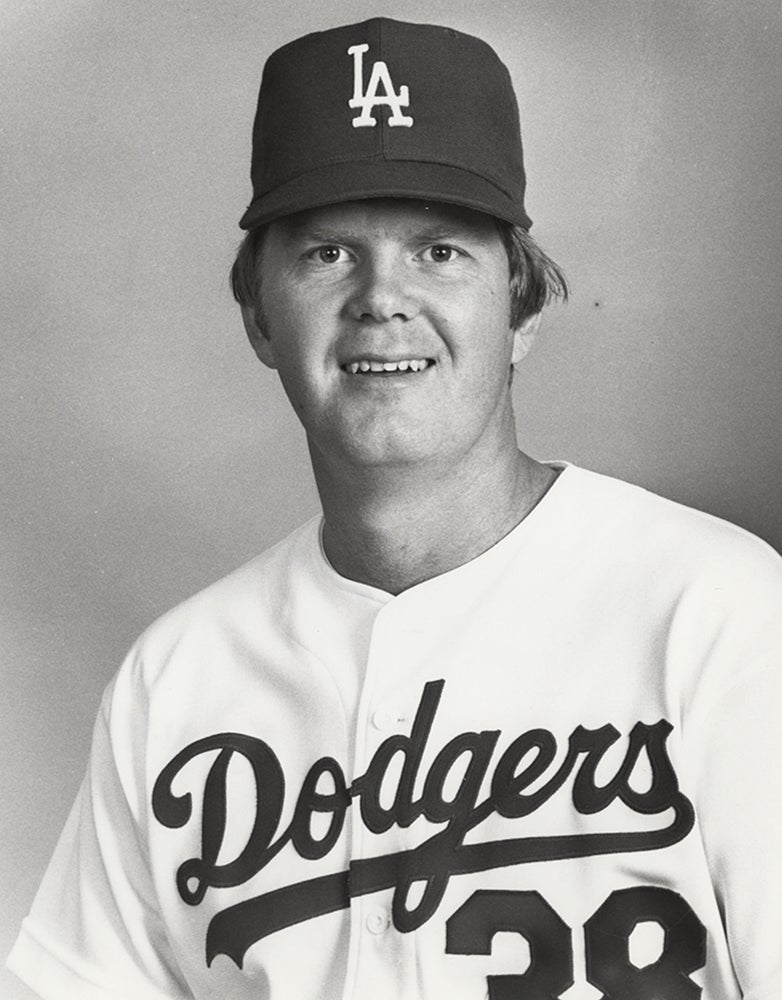
With his team in the postseason for the first time, Goltz did not pitch in either the NLDS vs. the Astros or NLCS vs. the Expos. But in the World Series vs. the Yankees, Goltz pitched twice, making his debut in Game 1 by extinguishing a New York rally in the fourth inning by retiring Lou Piniella on a pop fly. He was pinch-hit for in the top of the fifth, and Los Angeles lost that game 5-3.
Goltz would play a much bigger role in the pivotal Game 4. With New York leading the series 2-games-to-1, the Yankees chased Dodgers starter Bob Welch after four batters. Goltz came in from the bullpen and allowed a sacrifice fly to Bob Watson to make the score 2-0, and Goltz later allowed a solo home run to Willie Randolph in the second inning. The Yankees then plated another run in the third on a Rick Cerone single, but Goltz escaped without further damage.
The Dodgers then scored two runs in the bottom of the third – Ken Landreaux led off the inning with a pinch-hit double while batting for Goltz – and would rally to win the game 8-7 to tie the series.
Los Angeles then won Game 5 and Game 6 to clinch the title and give Goltz a World Series ring. His 9-18 record with the Dodgers, however, raised questions about his future in Los Angeles.
“When Dave Goltz came to the Dodgers and received a huge amount of money, he wanted to show everybody that it was justified,” Dodgers manager Tommy Lasorda told the Star Tribune following the 1981 season. “He didn’t just want to win. He wanted to pitch shutouts. He stopped using his free and easy motion. I told him: ‘You can win 5-4. That’s a win, too.’
“But he tried too hard.”
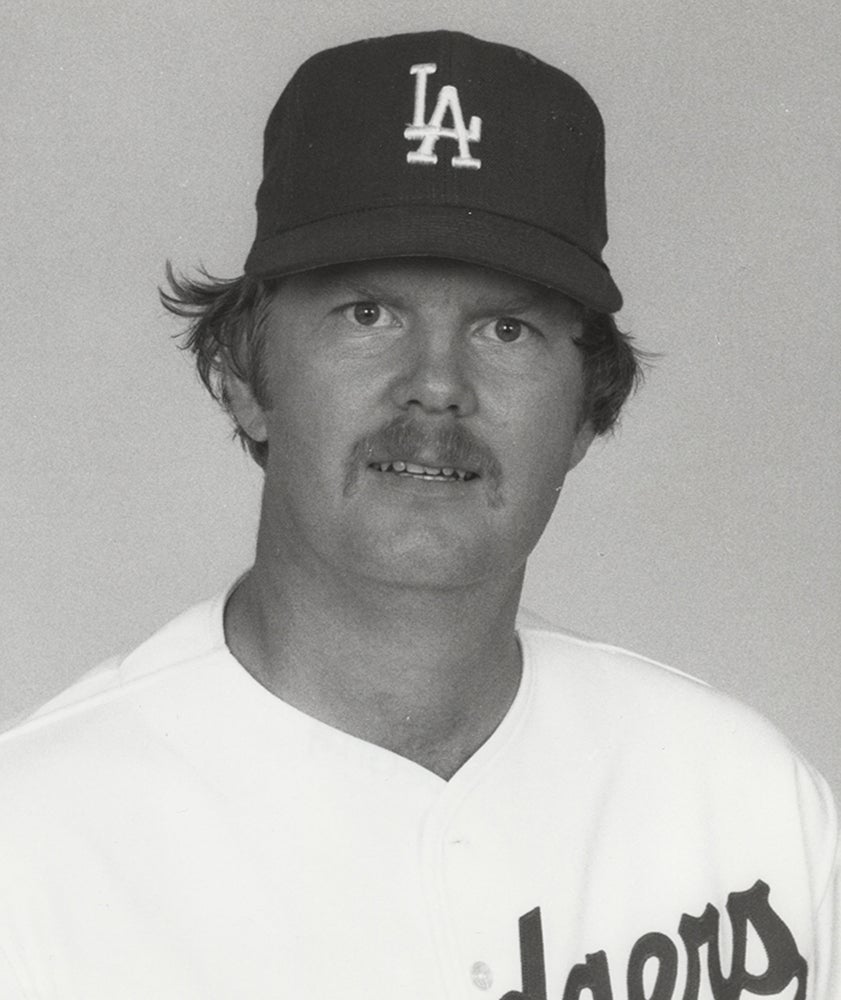
Goltz admitted in the winter of 1981-82 that Los Angeles might have been a bad fit for him. But he had given his agent, LaRue Harcourt, permission to go with the best financial deal he could find.
“I had just returned from Minneapolis,” Goltz told the Star Tribune of the day he agreed to sign with the Dodgers. “We got home and there was a phone call and it was my agent and he was on a conference call. He said: ‘Congratulations, David, you’re a Los Angeles Dodger.’ And instead of being elated, my heart kind of sank.”
Goltz made just two appearances for the Dodgers in 1982 before he was released by the Dodgers on April 27. He allowed the Dodgers to buy out the remainder of his contract, leaving money on the table in the process.
“I had a guilt complex,” Goltz told the Star Tribune. “I felt bad about the years I had with the Dodgers at the money that I was being paid.”
Goltz signed with the Angels – managed by Gene Mauch – a month after being released, making five appearances out of the bullpen before getting his first start. But he was sent back to the bullpen in August and spent three weeks on the disabled list with a lacerated right index finger – injured on a toilet paper dispenser – before finishing the season with an 8-6 record and 4.12 ERA in 30 combined games with the Angels and Dodgers.
“That’s the first time,” Mauch told reporters, “I ever lost a player in the toilet.”
Goltz was used as a spot starter and reliever by the Angels in 1983 but was 0-6 with a 6.22 ERA after a relief appearance against the Rangers on June 22. He was soon designated for assignment and on July 6, the Angels released Goltz. He retired soon after.
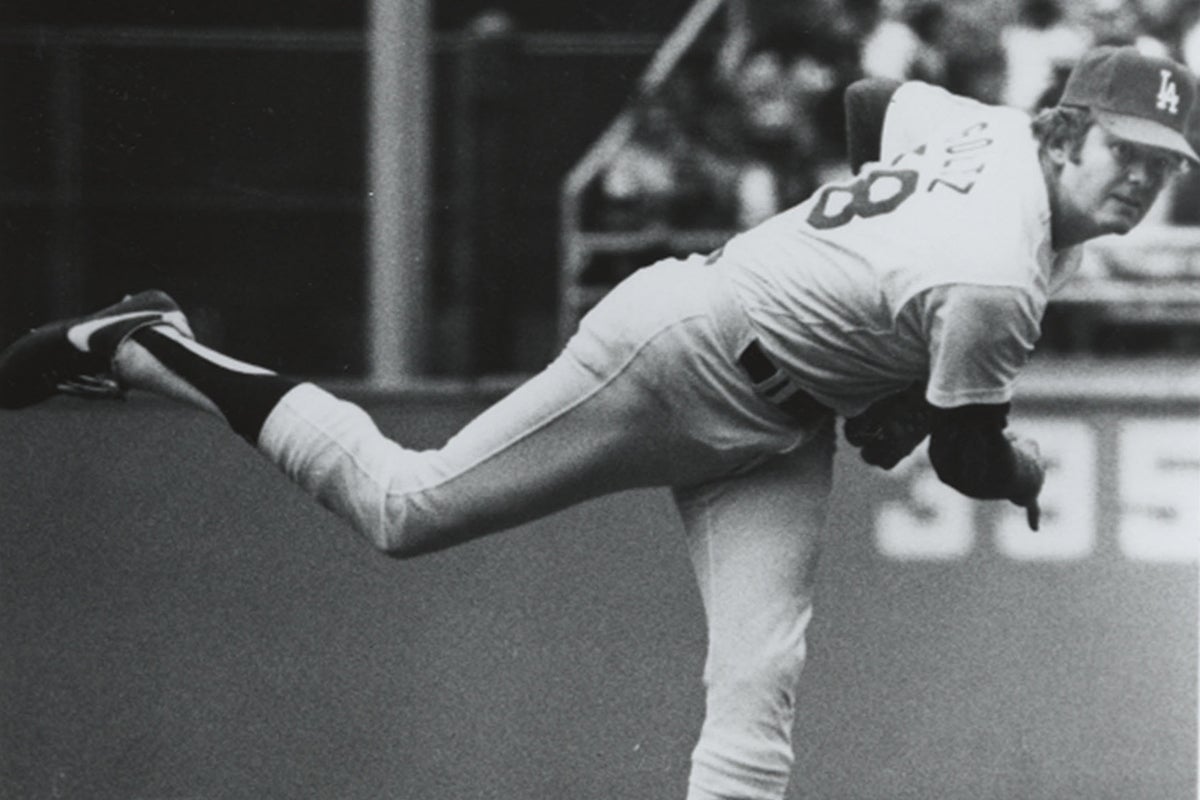
Goltz became the head baseball coach at Fergus Falls Community College in 1984 and worked in real estate and insurance near his home for years after that. He finished his 12-year big league career with a 113-109 record and 3.69 ERA over 353 games, working 2,039.2 innings.
For a time, few pitchers were more durable than Goltz. But when that durability produced one of the biggest contracts of his era, Goltz’s career went in a different direction.
“Los Angeles isn’t exactly where I wanted to go,” Goltz told the Star Tribune in 1981. “I don’t know if that played a part as to how I’ve performed out there, either. I’m sure it had to. It’s easier for someone to have hindsight and say this is what you should have done. It’s just like I never really fit in there.”
Craig Muder is the director of communications for the National Baseball Hall of Fame and Museum

